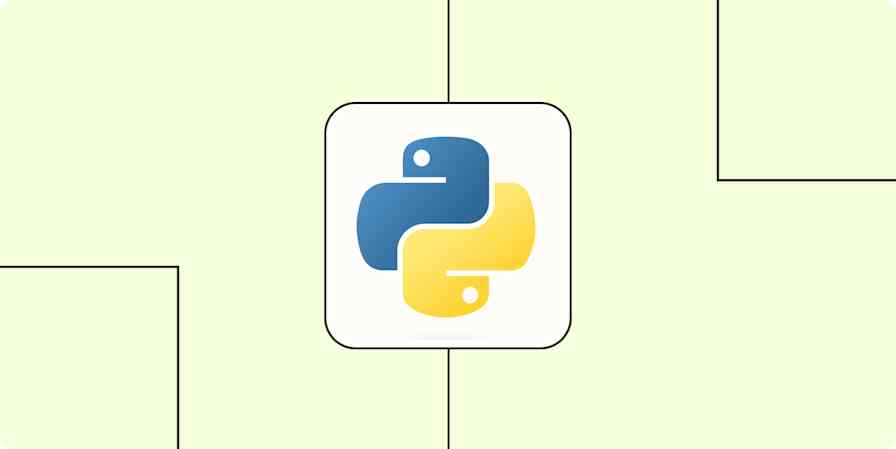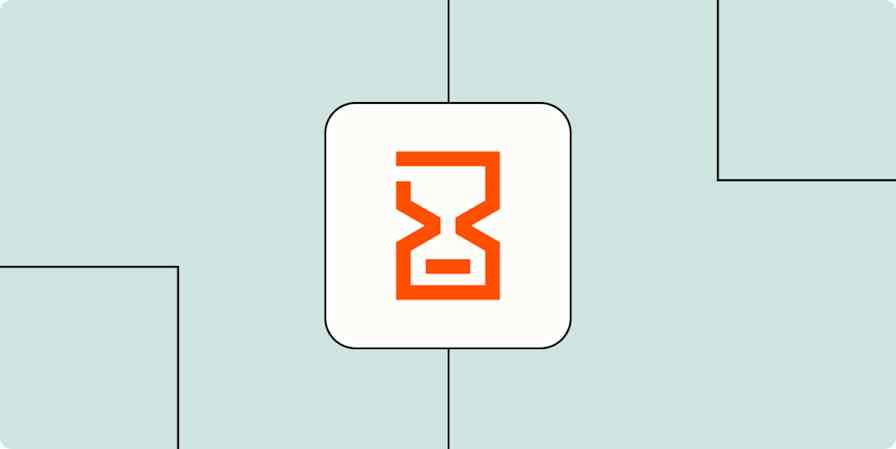Zapier feature guides
11 min readWhat are webhooks?
A simple guide to connecting web apps with webhooks
By Matthew Guay · June 26, 2024

Get productivity tips delivered straight to your inbox
We’ll email you 1-3 times per week—and never share your information.
tags
mentioned apps
Related articles
Improve your productivity automatically. Use Zapier to get your apps working together.







